Perplexity AI offers Google $34.5 bn for Chrome browser
De-globalisation and recession: A bleak view of the world economy

Money Web / International author and economist Dambisa Moyo
Speaking at the 2017 Investing in African Mining Indaba, economist Dambisa Moyo, said that she sees a 35% to 40% chance that the US will move into recession by the end of 2018. This, she argued, will have significant knock-on effects.
The US remains the world’s largest economy and what happens there remains crucial to the rest of the globe. This is despite the current trend towards de-globalisation.
“Since the global financial crisis in 2008, the world economy has been characterised by slow and slowing growth,” Moyo said. “And the expectations for this year and next continue to be weak.”
This has been a key concern for policymakers who are facing major challenges such as income inequality, lower productivity and natural resource scarcity. How do they address these issues when economic growth continues to be low?
Moyo noted that even before the election of Donald Trump in the US last year, there has been a trend away from three of the key drivers that have characterised much of the world economy since the 1990s – trade, cross-border capital flows and immigration and the free movement of people.
Trade
“According to the World Trade Organisation (WTO), trade growth has declined every year for the past ten years and we are continuing to see an increase in the number of protectionist policies, led by the 20 largest economies in the world,” Moyo said.
This has significant implications for many countries, not least of all emerging markets that rely on commodity exports. There are also serious concerns around what this will mean for the US economy, and what the knock-on effects might be for the globe.
“It is worth reminding you that in the 1930s after the great depression, the US adopted a very aggressive stance similar to what we are hearing today around trade and protectionism,” Moyo noted. “It put up approximately 2 300 tariffs to block trade around the world. We know what the consequences were – a decline in economic growth and mass unemployment. Most economists agree that it delayed the recovery of the US economy.”
Cross-border capital flows
According to the Bank of International Settlements, there has been a decline of $2.6 trillion in cross-border capital flows over the last two years. That equates to around 9% of world lending.
“The withdraw[al] of capital around the world has been so significant that the last time we saw such a decline in capital flows was in 1988,” said Moyo. “This raises real questions for governments in places like Africa. How are they are going to fund their development agendas and infrastructure spending in this environment?”
Immigration
Moyo pointed out that the immigration debate has been somewhat disorderly because there has been no global organisation that deals with immigration in the way that, for example, the WTO looks after trade.
“I think the immigration issue will become a lot more virulent,” she argued. “There will be big challenges to the movement of people around the world and how businesses are staffed.”
Outlook
Moyo sees all of these as distinctly negative for world economic growth. And she is not convinced that the Trump administration’s plans to spend $1 trillion on infrastructure projects will do much to lift prospects.
“When Japan did something similar, it spent $6.3 trillion and that has basically done nothing for economic growth,” Moyo argued. “That is one of the reasons I am quite bearish.”
By Patrick Cairns




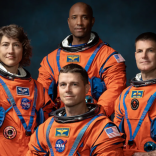



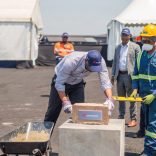
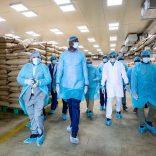
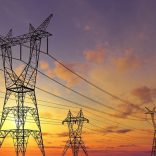
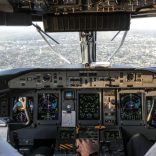
Leave a Reply
Be the First to Comment!
You must be logged in to post a comment.
You must be logged in to post a comment.